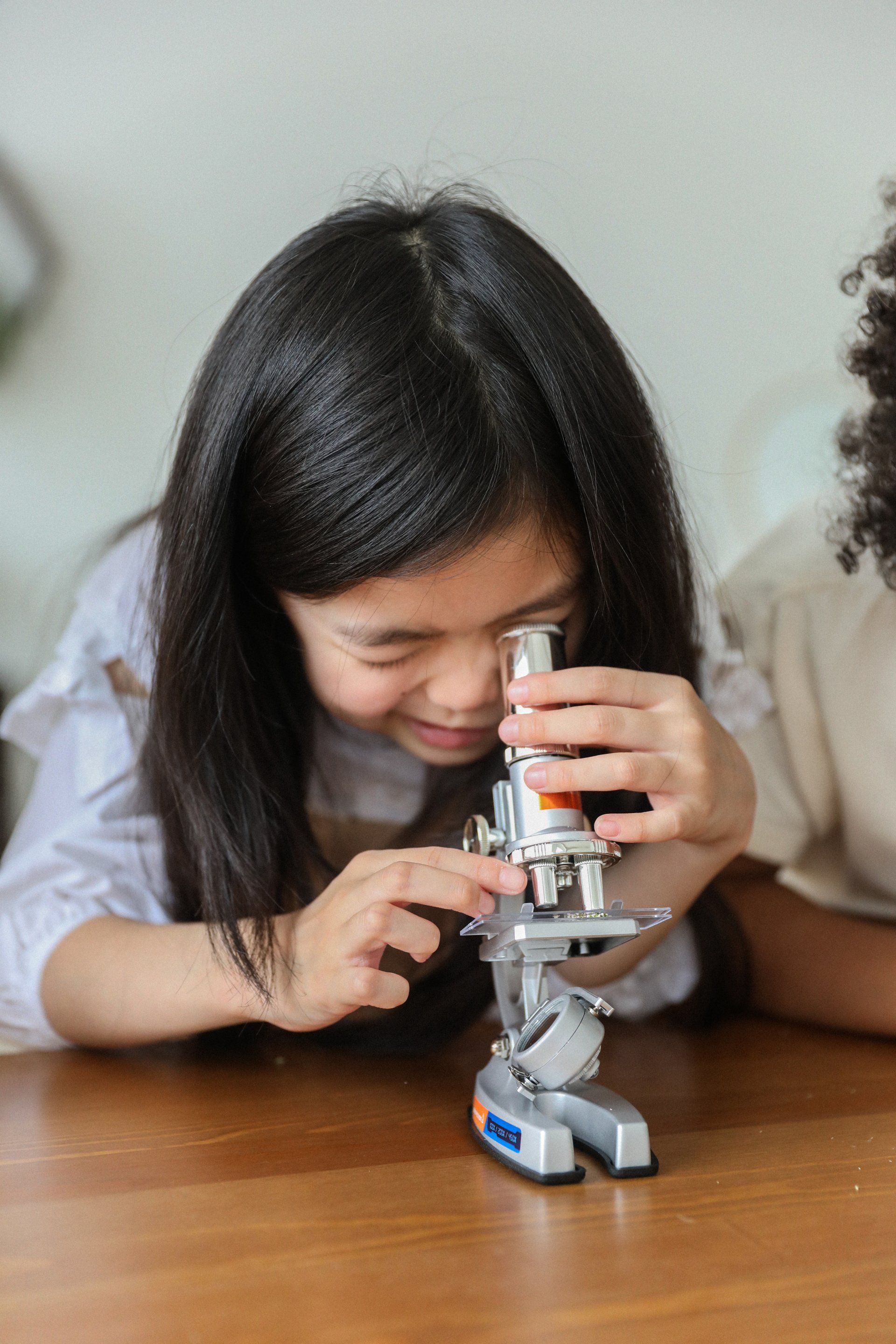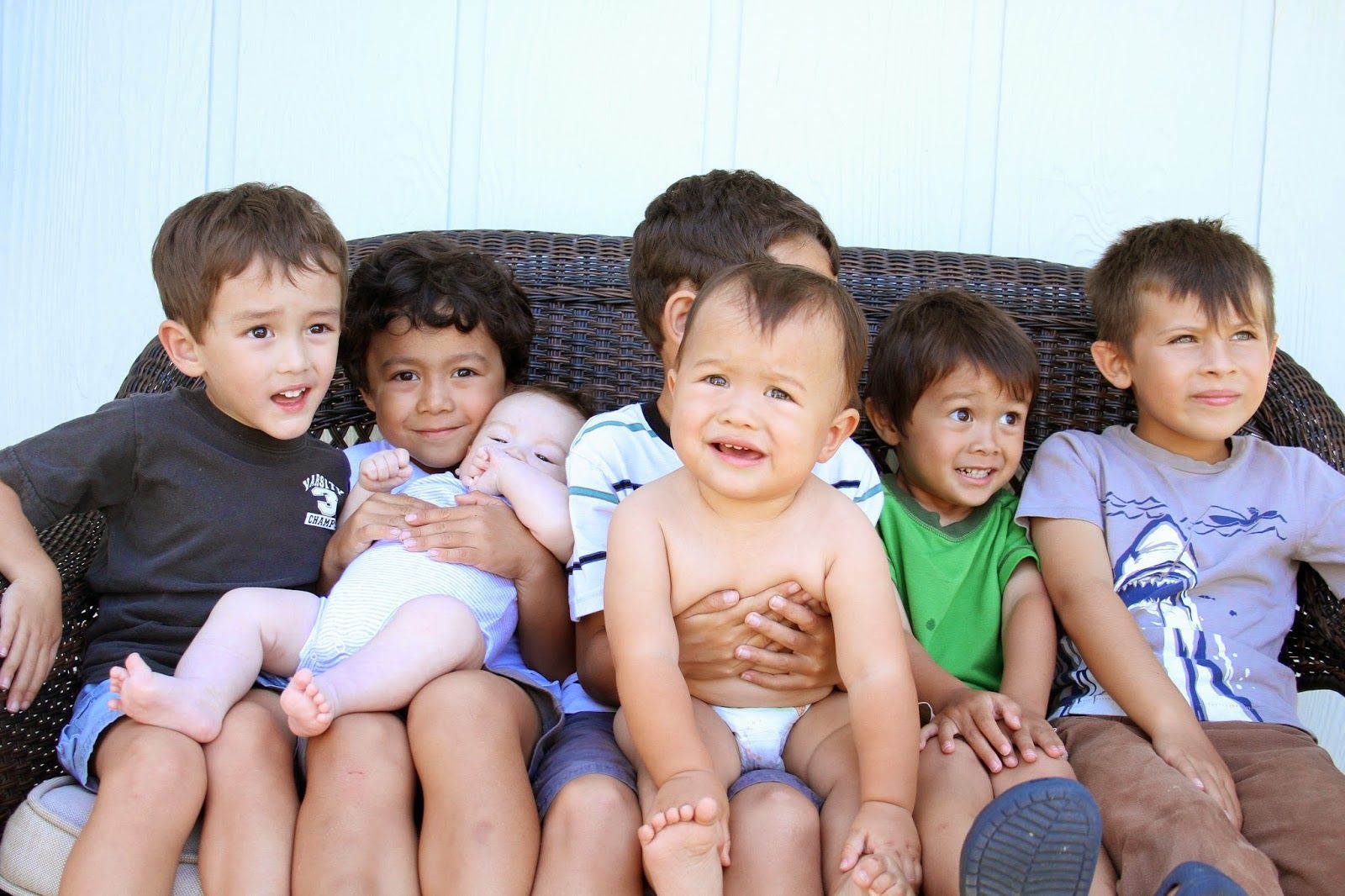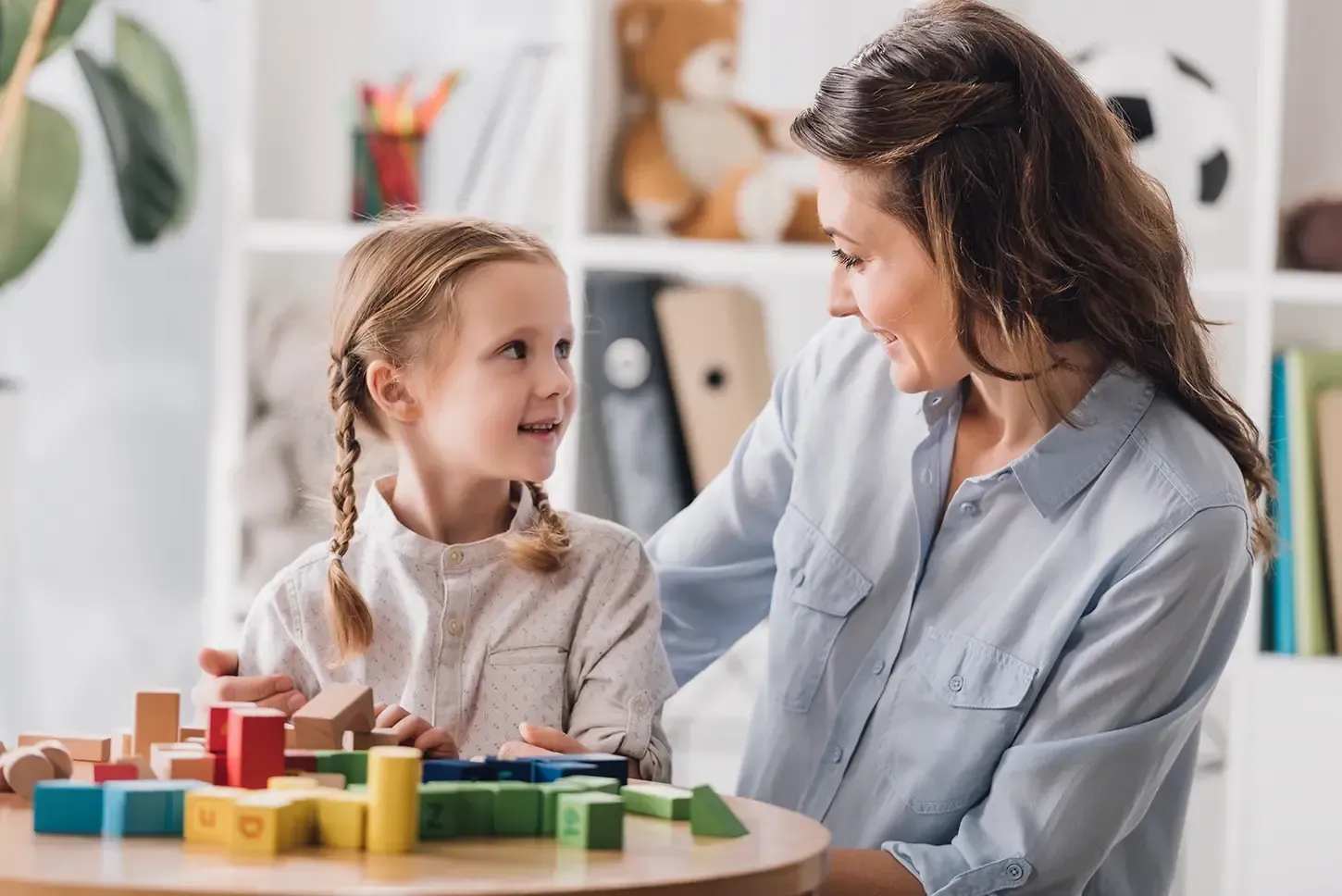Exploring the Lasting Effects of Trauma on Child Development and Behavioral Health"
Title: Understanding the Impact of Trauma on Children: A Comprehensive Examination
Introduction
Trauma is an experience that leaves a lasting imprint on the psyche of individuals, especially children. The impact of trauma on children can be profound, affecting their emotional, cognitive, and physical development. As advocates, educators, and caregivers, understanding these implications is crucial to provide effective support that nurtures resilience and fosters healing. This blog aims to explore the different dimensions of trauma's impact on children, including its psychological, emotional, and social effects, as well as the pathways to recovery.
Defining Trauma
Trauma can manifest in various forms: abuse (physical, emotional, or sexual), neglect, witnessing violence, or experiencing a natural disaster. Each child's response to trauma can differ based on their age, personality, history, and support system. Understanding this definition helps contextualize the diverse experiences that create trauma and highlights the necessity for tailored caregiving and intervention strategies.
Psychological Effects of Trauma on Children
- Emotional Regulation Children exposed to traumatic experiences often struggle with regulating their emotions. They may frequently oscillate between intense feelings of anger, anxiety, and sadness, which can manifest as behavioral issues. These emotional disturbances can inhibit a child's ability to form healthy relationships and inhibit effective communication.
2.Cognitive Development Trauma can impair cognitive functions, including attention, memory, and problem-solving skills. Children may struggle to concentrate in educational settings, affecting their academic performance and affecting their self-esteem. Chronic stress from trauma can also hinder brain development, particularly in areas responsible for learning and emotional regulation.
3.Mental Health Disorders Prolonged exposure to trauma increases the risk of developing mental health issues, such as Post-Traumatic Stress Disorder (PTSD), depression, and anxiety. Symptoms may include intrusive thoughts, flashbacks, avoidance of reminders of the trauma, and heightened arousal. Early intervention is crucial to mitigate these effects and promote healing.
Emotional and Behavioral Manifestations
- Fear and Anxiety Children who have experienced trauma may develop a heightened sense of fear and anxiety about their safety and the world around them. They may engage in avoidance behaviors, shying away from situations or places that remind them of the trauma, which can severely limit their engagement in life.
2. Trust Issues Trauma can lead to difficulties in trusting others, especially caregivers. Children may exhibit secretive behavior or become withdrawn, complicating their ability to form secure attachments. This mistrust can persist into adulthood, influencing future relationships.
3. Aggression and Behavioral Issues Some children may display aggressive behavior as a response to trauma. This can manifest as fighting, bullying, or defiance. Such behavior can stem from an inability to express their emotions adequately and may serve as a coping mechanism for their distress.
Social Implications of Trauma
Trauma does not only impact the individual child; it has ripple effects on their social environment:
- Impact on Relationships Traumatized children often struggle to maintain healthy relationships with peers and adults. They may isolate themselves or act out in ways that alienate others, leading to feelings of loneliness and further exacerbating their trauma.
2. Role of School and Community Schools often serve as a primary support system for children. In environments that fail to recognize or address trauma, academic performance can suffer. Conversely, schools equipped with trauma-informed practices can foster resilience by providing support and understanding to affected children.
3. Family Dynamics Trauma influences the entire family system. Caregivers may experience stress, burnout, or disenfranchised grief, complicating their ability to support the child effectively. This creates a cycle where unaddressed trauma can perpetuate family dysfunction.
Pathways to Recovery and Healing
Understanding the impacts of trauma is only the first step; finding ways to support children in recovery is critical. Here are some approaches:
- Therapeutic Interventions Professional counseling or therapy can provide a safe space for children to process their experiences. Techniques like Cognitive Behavioral Therapy (CBT) and Play Therapy have proven effective in helping children navigate their feelings and experiences.
2. Trauma-Informed Care Implementing trauma-informed care in schools and community organizations is essential for recognizing the signs of trauma and responding appropriately. Training staff to understand trauma's effects can create safe environments that promote healing.
3. Building Resilience Encouraging resilience through positive relationships, skills training, and supportive environments can significantly help children recover from trauma. Programs that promote emotional literacy, conflict resolution, and coping skills empower children to manage their emotions and experiences.
4. Family Engagement Involving families in the healing process is vital. Psychoeducation for caregivers can provide them with tools to support their children effectively, fostering an environment where open communication and emotional expression are encouraged.
5. Fostering Safe Spaces Creating safe, supportive spaces where children feel valued is crucial. These spaces help rebuild a sense of security and trust, which are often shattered by trauma.
Conclusion
The impact of trauma on children is multi-faceted and requires a detailed understanding to cultivate effective strategies for support and recovery. By recognizing the psychological, emotional, and social dimensions of trauma, caregivers and professionals can promote healing and resilience in affected children. Investing in trauma-informed care, supportive relationships, and robust intervention strategies not only benefits individual children but contributes to healthier communities as a whole. In our journey toward understanding trauma, we must center the voices of children, empowering them to share their stories and guiding them toward a future grounded in hope and healing










